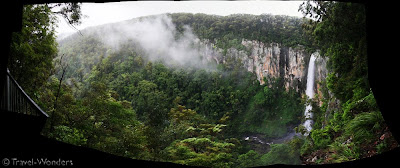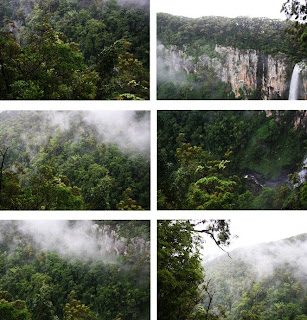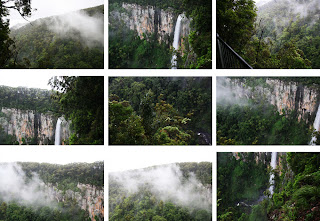
 Many years ago I overlanded, hitched, trucked, boated and hiked through Africa, the planet's most adventurous continent. Of the numerous countries travelled, Congo and Central African Republic somehow stole my heart as the real dark continent. Ironically rich in valuable minerals, both are tragically war-torn, underdeveloped and with little semblance of a controlling central government. Regional lords often hold a loose control over a province or area of the country. Poverty and corruption abounds and they are risky to travel to with strong travel advisories from most western countries.
Many years ago I overlanded, hitched, trucked, boated and hiked through Africa, the planet's most adventurous continent. Of the numerous countries travelled, Congo and Central African Republic somehow stole my heart as the real dark continent. Ironically rich in valuable minerals, both are tragically war-torn, underdeveloped and with little semblance of a controlling central government. Regional lords often hold a loose control over a province or area of the country. Poverty and corruption abounds and they are risky to travel to with strong travel advisories from most western countries.Yet the two countries are full of some of the most stunning wildlife and natural treasures. Magnificent verdant rainforest, untamed rivers, gushing waterfalls and rich and colourful tribal cultures abound. Friendly villagers with beaming smiles and generosity of character hide the harshness of their existence.
 This is all encapsulated in the village of Kembé (in the very south of the Central African Republic) and the neighbouring twin Kembé Falls. Stereotypical village life continues on in this simple community of mud huts and grass roofs with the women grinding grain, sorting beans, supervising kids, cooking or cleaning while the men attend to house repairs or organising the village affairs. The odd goat or chicken scavenge for a few tasty morsels among the scrubby bushes and tussocks of grass.
This is all encapsulated in the village of Kembé (in the very south of the Central African Republic) and the neighbouring twin Kembé Falls. Stereotypical village life continues on in this simple community of mud huts and grass roofs with the women grinding grain, sorting beans, supervising kids, cooking or cleaning while the men attend to house repairs or organising the village affairs. The odd goat or chicken scavenge for a few tasty morsels among the scrubby bushes and tussocks of grass.  Each afternoon, Kembe Falls provide a haven from the steamy heat of central Africa. Swimming dangerously close to where the falls tumble through a rocky gorge, the children exhilarate as they are swept by the strong current towards the falls before emerging on the shoreline as you imagine they are about to be consumed by the thunderous chutes. The mothers appear relaxed as they complete their washing duties further up stream, as generations of children have undoubtedly diced with pending doom in this stunning location.
Each afternoon, Kembe Falls provide a haven from the steamy heat of central Africa. Swimming dangerously close to where the falls tumble through a rocky gorge, the children exhilarate as they are swept by the strong current towards the falls before emerging on the shoreline as you imagine they are about to be consumed by the thunderous chutes. The mothers appear relaxed as they complete their washing duties further up stream, as generations of children have undoubtedly diced with pending doom in this stunning location. Everyone in the village seems neatly coiffured. The local barber with illustrations of their services clip, cut and shear their share of villagers while catching up with gossip and goings-on. As excitable chatter in a mix of French and the tribal dialect filled the air over the rollicking rhythmic music crackling from the radio, there seems more gossiping than cutting with most appearing pretty tidy before any hair was cut. Being rather shaggy, I decided to test the local haircutting service though none of the styles appear very suited to someone with straight, light-coloured hair. To the amusement of several villages, the barber chopped and cut his way through my tangled thatch making me feel much better and neater. Rampaging children dived for locks of hair as they floated to the dusty ground, like I was some kind of rock star.
Everyone in the village seems neatly coiffured. The local barber with illustrations of their services clip, cut and shear their share of villagers while catching up with gossip and goings-on. As excitable chatter in a mix of French and the tribal dialect filled the air over the rollicking rhythmic music crackling from the radio, there seems more gossiping than cutting with most appearing pretty tidy before any hair was cut. Being rather shaggy, I decided to test the local haircutting service though none of the styles appear very suited to someone with straight, light-coloured hair. To the amusement of several villages, the barber chopped and cut his way through my tangled thatch making me feel much better and neater. Rampaging children dived for locks of hair as they floated to the dusty ground, like I was some kind of rock star. The late afternoon floated away in the gentle currents of the upper river as the sky turned a vibrant orange in the dusty environment and the luminescent stars quickly dominated the pitch-black environment. This truly is real Africa.


























